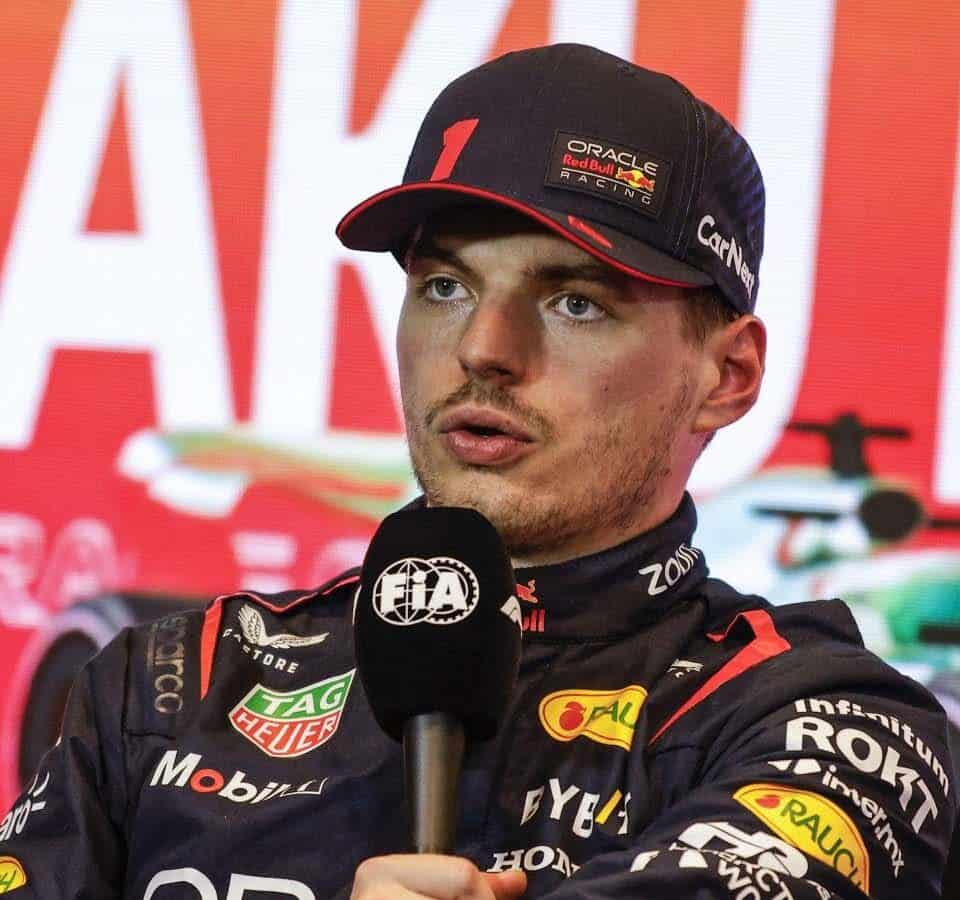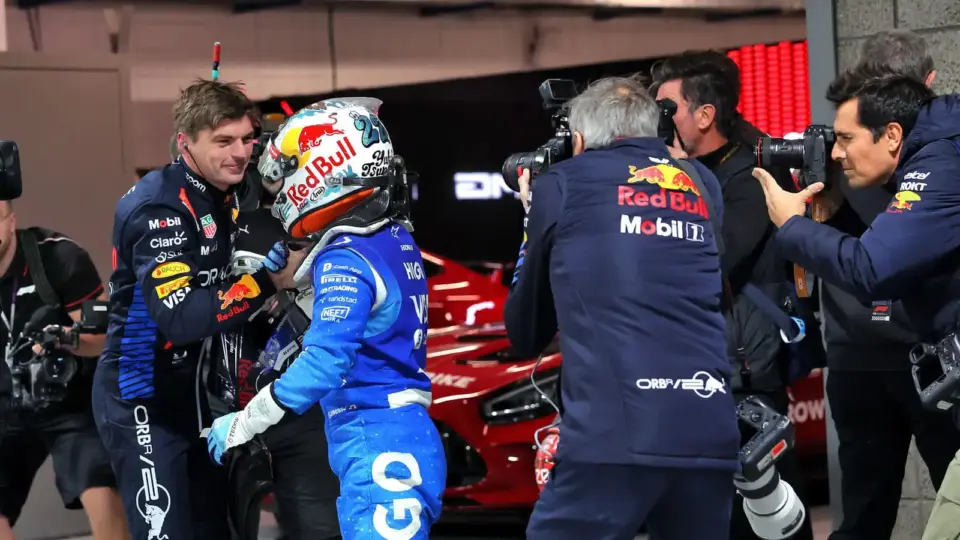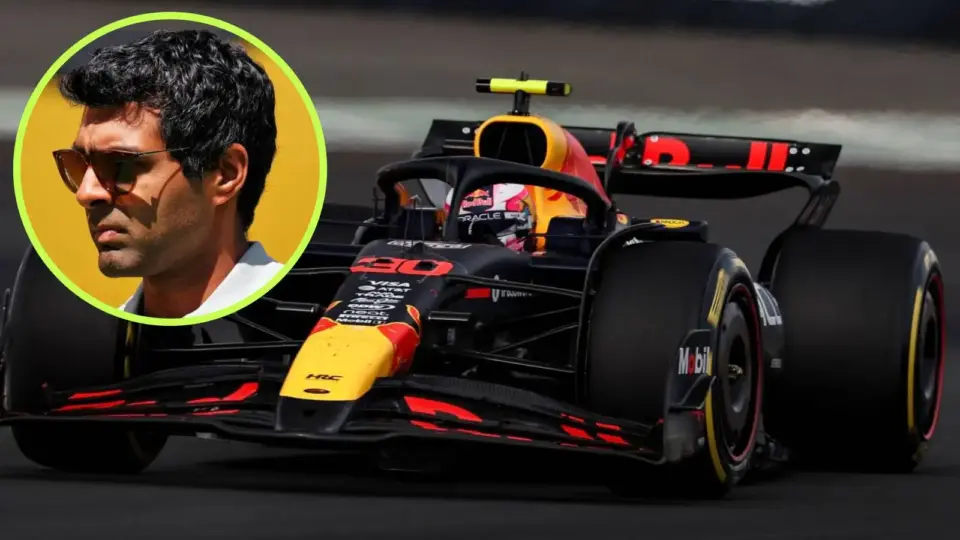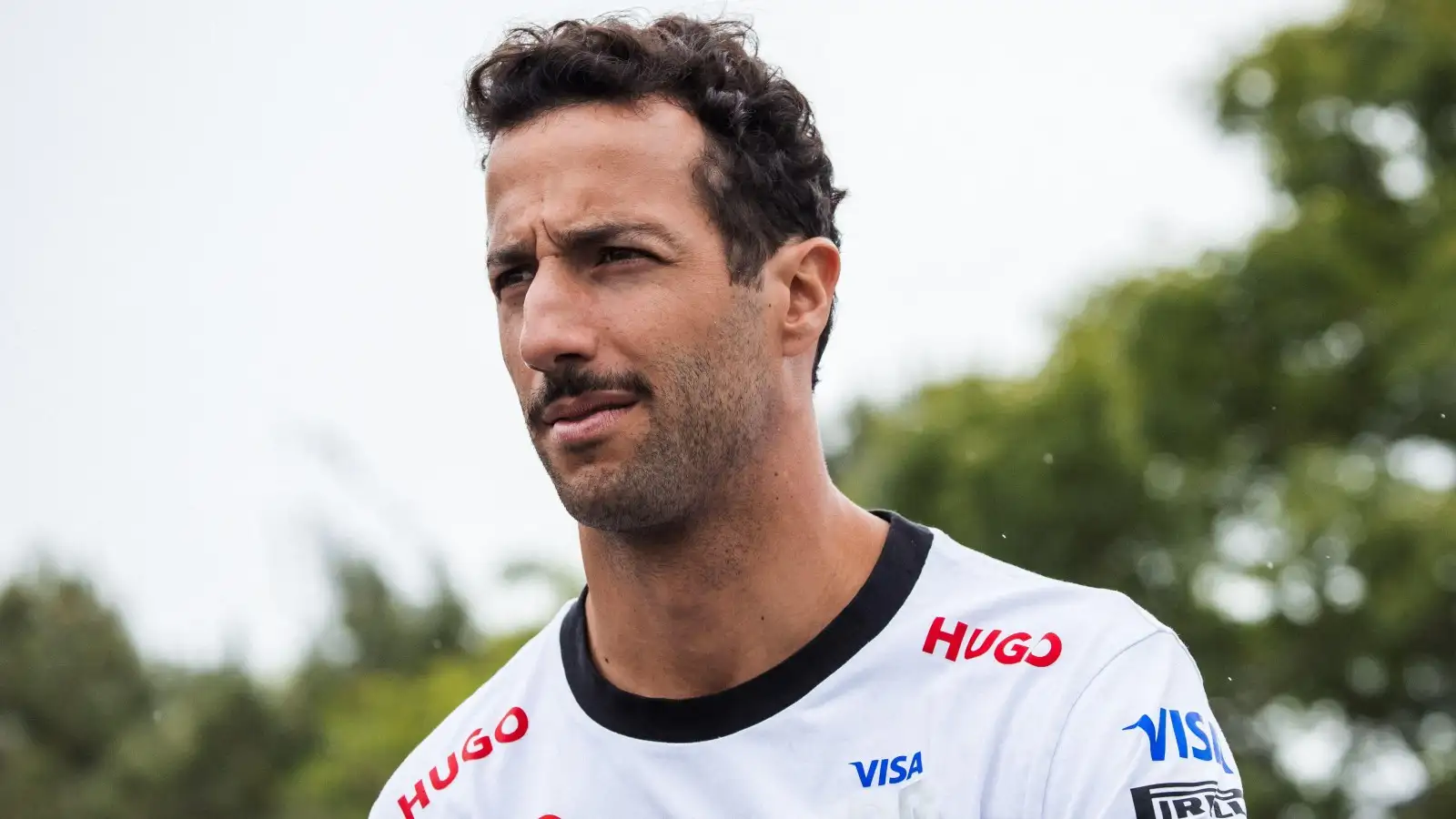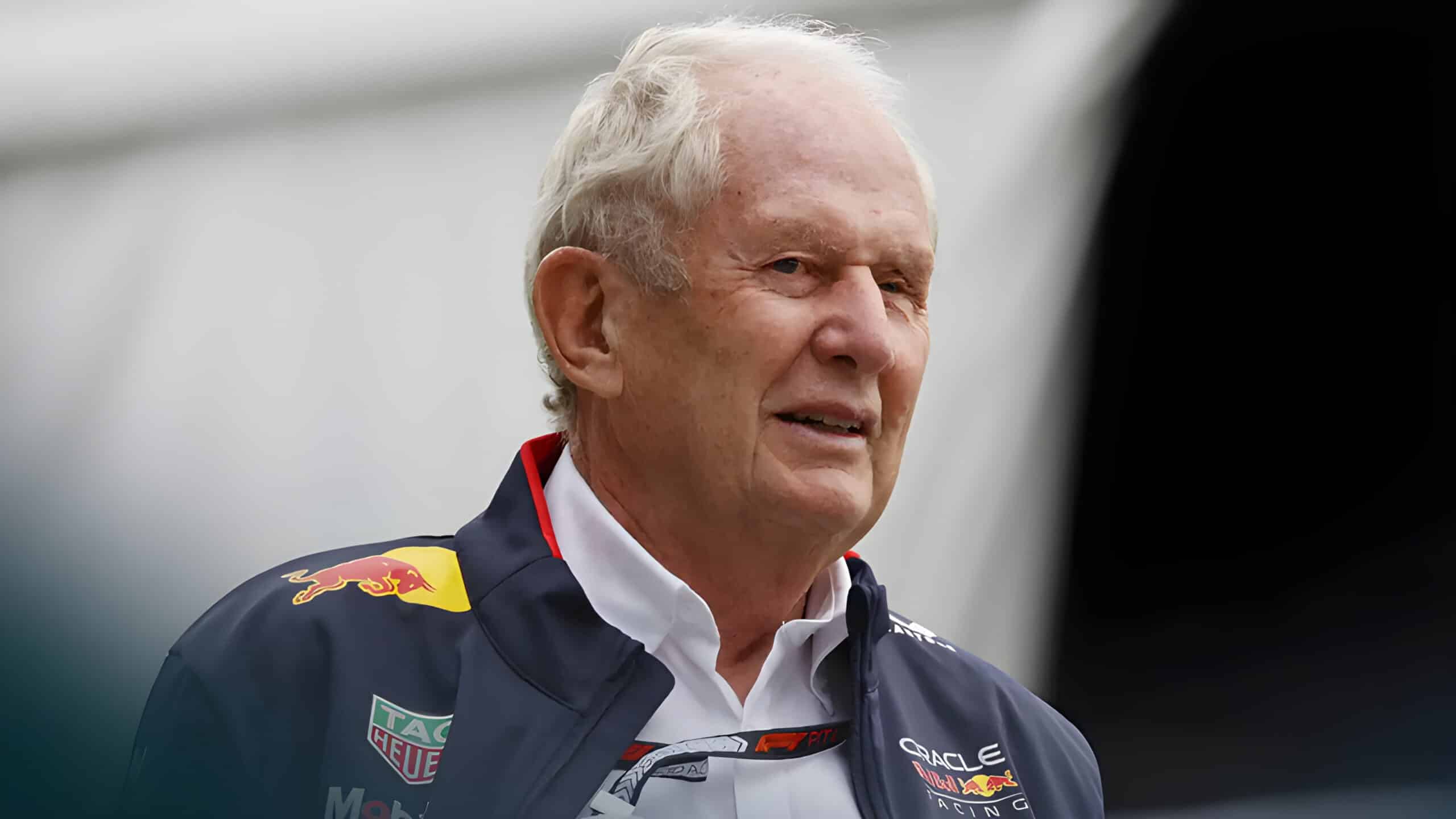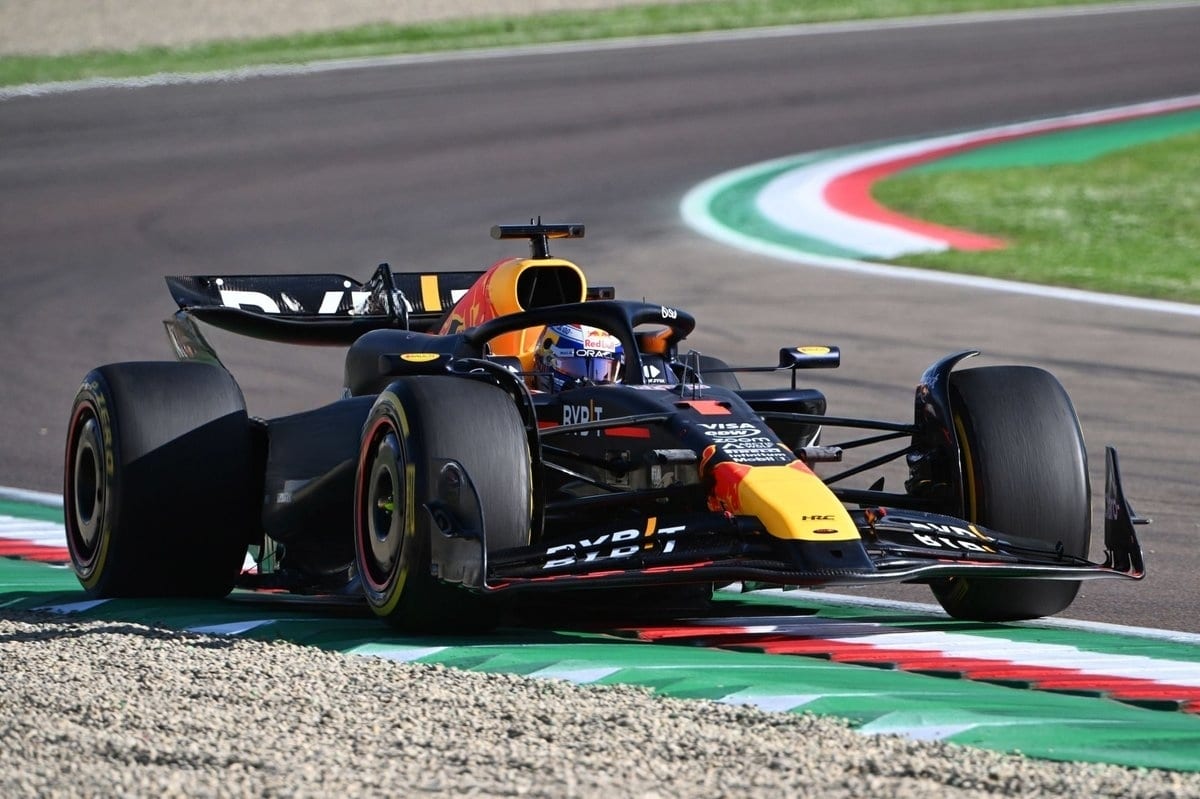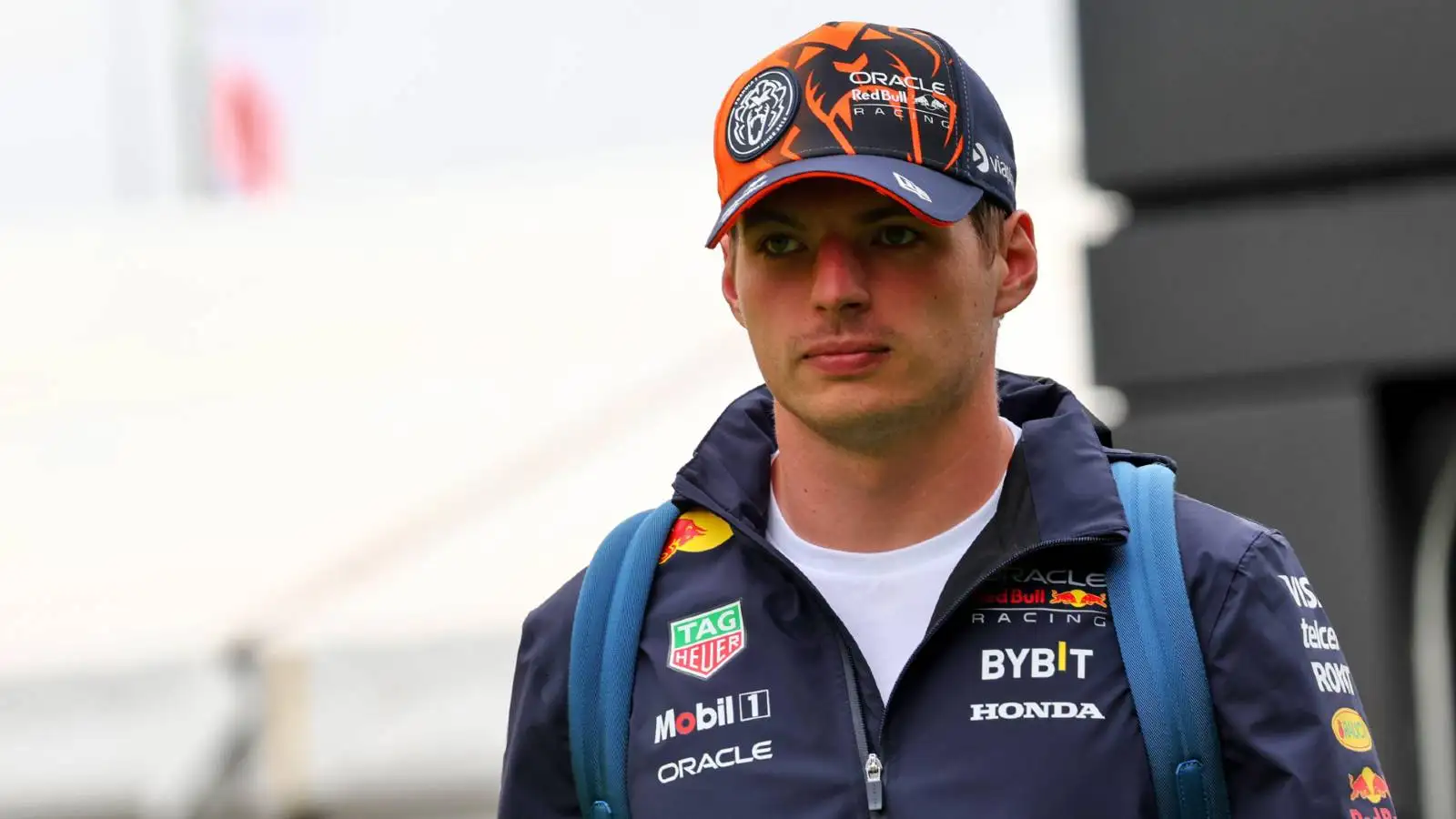A simple social media gesture by Max Verstappen has set the Formula 1 community abuzz. When former F1 driver Giedo van der Garde uploaded a passionate Instagram post critiquing the harsh treatment of underperforming young drivers, Verstappen’s ‘like’ became the talk of the paddock.
In the high-stakes world of Formula 1, where the difference between success and failure is measured in milliseconds, drivers are under constant scrutiny. Recently, Giedo van der Garde, a former F1 racer, took to Instagram to voice his concerns over the sport’s unforgiving approach towards its emerging talent, specifically referencing the predicament of young driver Liam Lawson.
Van der Garde’s post, which quickly gained traction, criticized what he referred to as a culture of ‘panic decisions’ and ‘ruthless dumping’ of drivers who are not given sufficient time to develop. He compared the current environment to bullying, highlighting that young drivers are too often discarded based on brief performances rather than long-term potential.
[instagram-embed-display instagram_id=’DHslkzjsdSf’]
His remarks seemed targeted at Red Bull Racing, which faces ongoing controversy over its management of junior drivers. Although van der Garde didn’t mention names, it was evident he referred to Liam Lawson’s journey—a promising talent who found himself sidetracked after a brief stint marked by just two races. Van der Garde argued that this wasn’t an evaluation but rather an unfair crackdown, stating, ‘They made a decision—fully aware of it—to give Liam two races just to crush his spirit.’
This situation caught the eye of Max Verstappen, the reigning world champion, who endorsed the post with a ‘like’, signaling potential agreement with van der Garde’s sentiments. Verstappen is known for his straightforwardness and influence within the sport, making his subtle digital approval a focal point for widespread discussion.
Verstappen’s reaction is open to interpretation: it could represent empathy for Lawson’s plight, given his own rapid rise to stardom through Red Bull’s ranks, or serve as a critique of the Red Bull team’s strategies. Through his action, Verstappen may be quietly advocating for a shift in the team’s handling of its rising stars.
Furthermore, van der Garde’s post wasn’t solely a defense of Lawson; it was a broader call to recognize the dedication and hardships young drivers endure. He urged the sport not to forget the grit and determination that brought these drivers to F1, suggesting that occasional underperformance should not overshadow a promising career.
Liam Lawson, who has not publicly addressed the situation, experienced a fleeting moment in the F1 limelight, but found himself on the fringes as Red Bull opted to stick with Yuki Tsunoda and Daniel Ricciardo. This decision, for a young reserve driver like Lawson, underscored the restrictive opportunities present in the upper echelons of racing.
In his post, van der Garde offered encouragement to Lawson, urging him to remain resilient and prove critics wrong. For Verstappen, aligning with this sentiment is significant, as it indirectly critiques a system that prioritizes immediate results over nurturing potential—a stance that reflects growing concern over the future of nurturing talent in the sport.
As the debate over these issues continues, Red Bull’s talent management strategies remain under intense scrutiny. Verstappen’s move has only added fuel to the fire, challenging the team, and perhaps the wider landscape of F1, to reconsider how they cultivate and support the next generation of drivers.
Max Verstappen’s social media endorsement of Giedo van der Garde’s critique has reignited discussions around Formula 1’s treatment of its young drivers. In a sport marked by rapid decisions and even quicker judgments, it questions whether there’s room for empathy and development amidst the drive for success.
